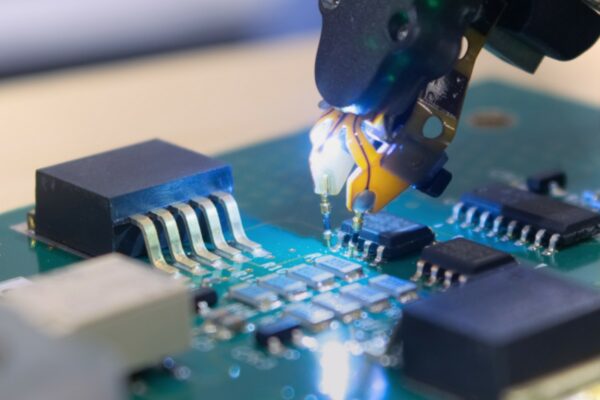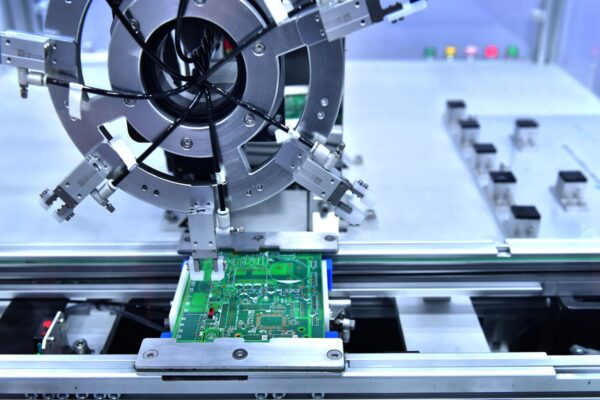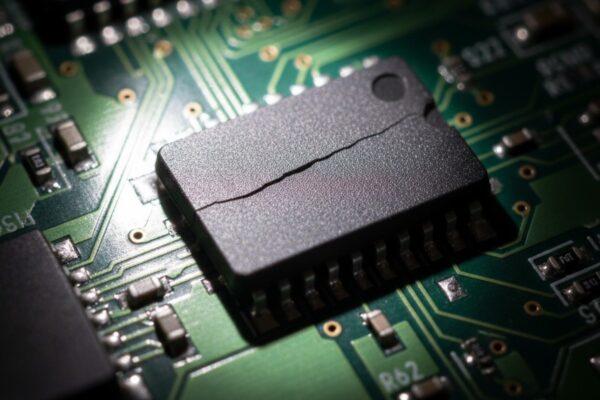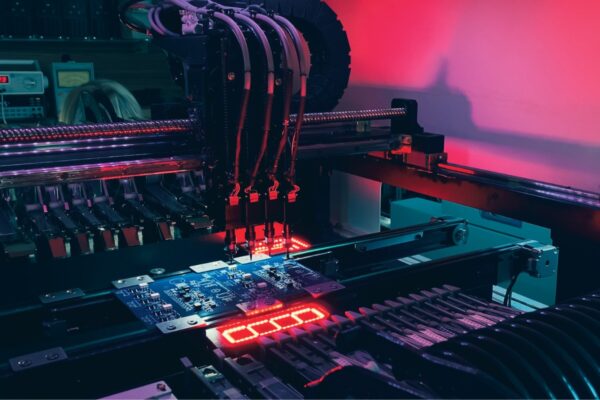An electronic assembly can leave the production line in a state of perfect deception. It passes every electrical test, its components are placed with robotic precision, and to the naked eye, it is flawless. Yet, deep within its structure, a crack may be forming in a solder joint, a pocket of gas may be trapped beneath a critical processor, or a connection may be hanging on by a thread. These are the latent defects, the ticking time bombs of electronics manufacturing, and they represent the unseen risk that separates a minor inconvenience from a catastrophic failure.
For consumer gadgets, this risk is a matter of annoyance. For a medical device, the stakes are absolute. An infusion pump that stops, a pacemaker that falters—these are not acceptable outcomes. The entire philosophy of medical-grade manufacturing, governed by the exacting IPC-A-610 Class 3 standard, is built to prevent failures that have yet to happen. This requires a way to see the invisible, to look past the surface and into the hidden structural world of the solder joint itself. That is the unique domain of X-ray inspection.
A Language of Shadows and Light
X-ray inspection works on a principle of elegant simplicity. A beam of radiation passes through the circuit board, and a detector on the other side captures what comes through. The dense, heavy metals in solder—tin, silver, copper—absorb this energy, casting a dark shadow on the resulting image. The board’s fiberglass substrate, the plastic component bodies, and, most importantly, any air trapped inside the solder are far less dense. They appear as brighter areas.
This interplay of light and shadow creates a language. A trained eye learns to read it not just for obvious flaws but for the subtle dialects of process error. A dark, unintended tendril of solder flowing between two pads is a short, a clear and immediate danger. But other signs are more nuanced. A perfectly round BGA ball sitting too cleanly atop its solder deposit, the boundary between them sharp and distinct, speaks of a “head-in-pillow” defect. This is a joint that looks connected but never truly fused, a fragile bond waiting for the first thermal cycle or vibration to break it. Voids, the brightest spots of all, appear as bubbles of gas trapped within the dark solder mass, each one a potential point of structural or thermal weakness.
Beyond the Textbook Definition of a Flaw
The industry has standards, of course. IPC guidelines might state that voiding in a solder ball must not exceed 25% of its total area. This provides a clear, measurable rule, a line between pass and fail. But on the factory floor, where thousands of boards are produced, experience reveals that such rules are merely the beginning of the conversation. The true risk of a defect is a function of context, something a simple percentage cannot capture.
Consider a 20% void. By the book, it passes. But if that void is located directly at the interface between the solder and the component pad, it can compromise the joint’s integrity far more than a 25% void floating harmlessly in the center of the solder mass. The component’s function adds another layer of complexity. For a low-speed signal pin on a large BGA, even significant voiding might be functionally irrelevant. The connection will work. But for the central thermal pad of a power management chip, the same percentage of voiding is a critical threat. That void is not just a structural weakness; it is a barrier to heat dissipation, creating a hotspot that will slowly cook the component to an early death. An experienced technician does not just measure the void. They assess its potential to cause harm based on the intersection of its size, its location, and its electronic purpose.
Choosing the Right Lens: From Broad Survey to Forensic Analysis
This deeper analysis requires choosing the right inspection strategy, a decision that balances speed, cost, and diagnostic power. The workhorse of the industry is 2D X-ray, which provides a single, top-down view of the board. It is fast and remarkably effective at catching the most egregious defects like shorts and opens. Its limitation, however, becomes apparent on complex, double-sided assemblies, where the joints from the top and bottom are superimposed into a single, often confusing image. A defect can be obscured, or worse, the shadow of a component on the bottom can create a visual artifact that looks like a defect on the top, a “false call” that wastes time and resources.
This is where 3D X-ray, or Computed Tomography (CT), becomes essential. By capturing images from multiple angles, a 3D system reconstructs a complete digital model of the assembly. An operator can then slice through this model virtually, isolating a single layer or even a single solder joint, completely eliminating the visual noise from the other side. It is slower and more expensive, but it provides unambiguous truth. It is the only way to accurately measure the volume of a void or to diagnose the subtle signature of a head-in-pillow defect. Its power also extends to older technologies, like plated-through-hole connectors, where it can create a non-destructive cross-section to verify that solder has properly filled the barrel, ensuring the mechanical strength required for high-reliability applications.
For most production environments, a hybrid approach proves most effective. A 100% 2D inspection of all critical hidden joints serves as a rapid quality gate. The more intensive 3D inspection is then reserved for process validation on the first articles of a new build and for statistical process control, sampling boards periodically to ensure the line has not drifted. It becomes a diagnostic tool, not just a screening one.
From Symptom to Source
The greatest value of an X-ray image is not in finding a defect, but in understanding its origin. The image is a symptom, and the disease is almost always located upstream in the manufacturing process. The head-in-pillow defect is a classic example. The X-ray reveals the non-fused joint, but the cause lies elsewhere. It could be that the circuit board or the component itself warped during reflow heating, lifting the ball away from the paste at the critical moment. It could be that too much time passed between solder printing and component placement, allowing an oxide layer to form that the flux could not break down. Or perhaps the reflow oven’s temperature profile was too aggressive, failing to properly activate the flux.
By connecting the visual evidence in the X-ray back to these potential root causes, inspection transforms from a simple pass/fail judgment into a powerful process control loop. It provides the feedback necessary to adjust and stabilize the manufacturing line. This is a level of assurance that electrical testing, for all its importance, can never provide. An electrical test confirms that a connection exists right now. It is completely blind to the fragile joint with 40% voiding that will fail in six months. It sees the present. X-ray inspection is what allows a manufacturer to guarantee the future.





